 |
||||
|
|
|
|
|
|
|
|
|
|
|
|
|
|||||||||||||||
|
|
||||
|
|
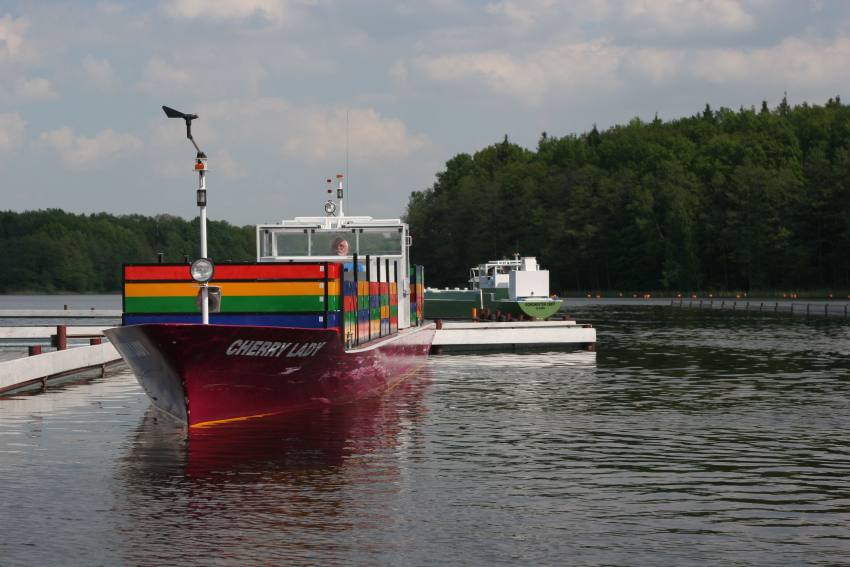 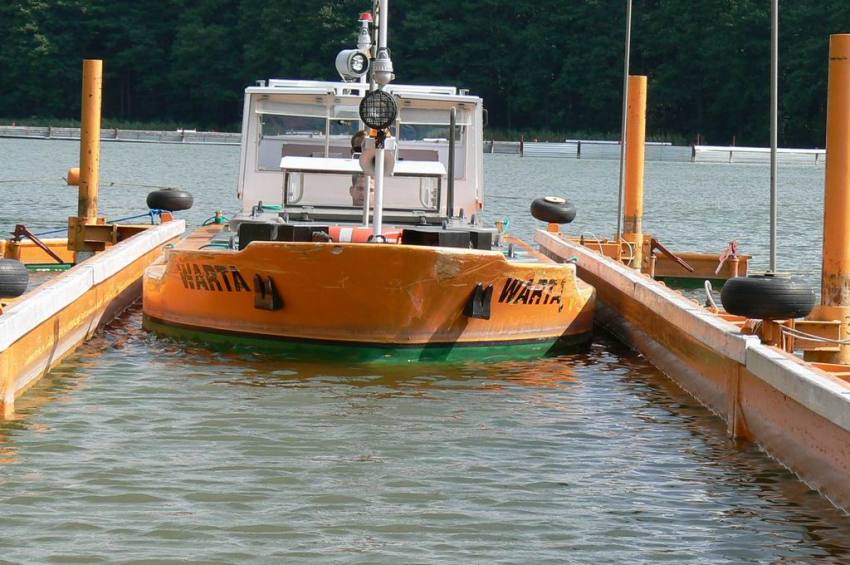 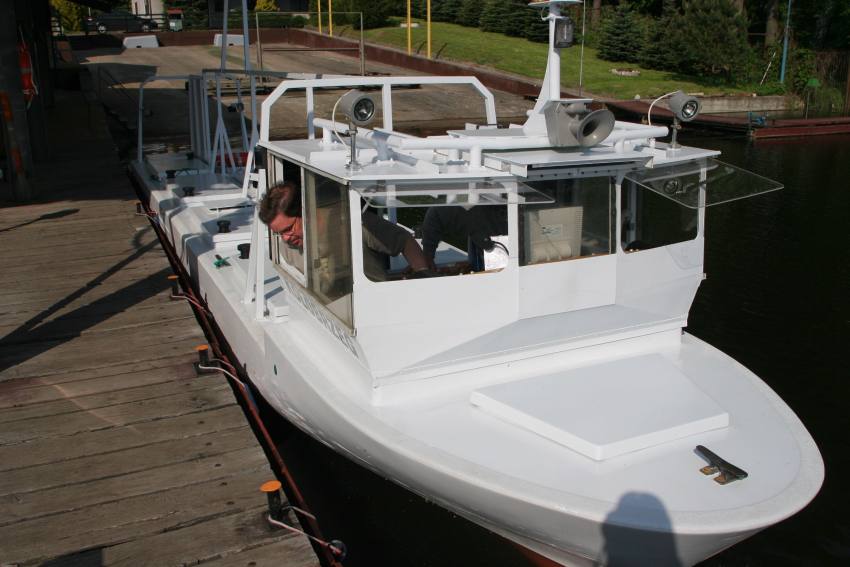  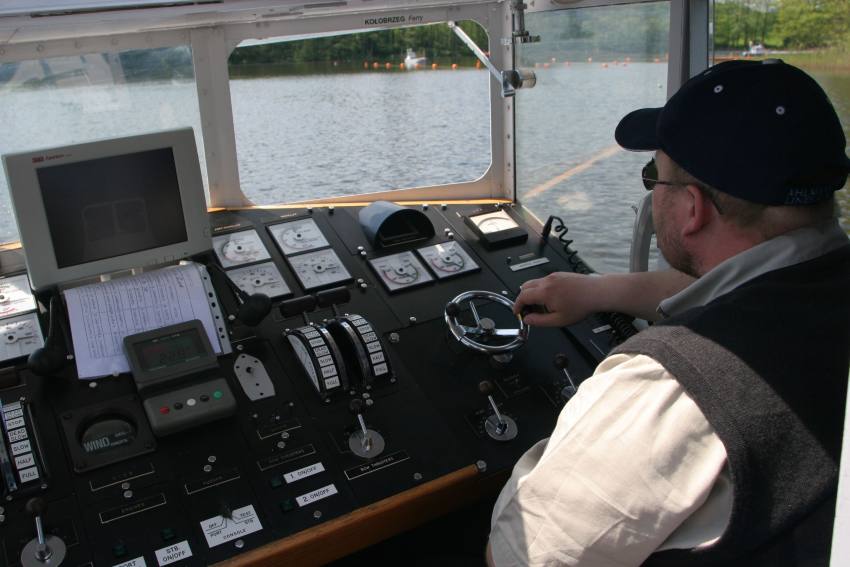 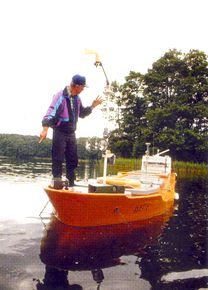   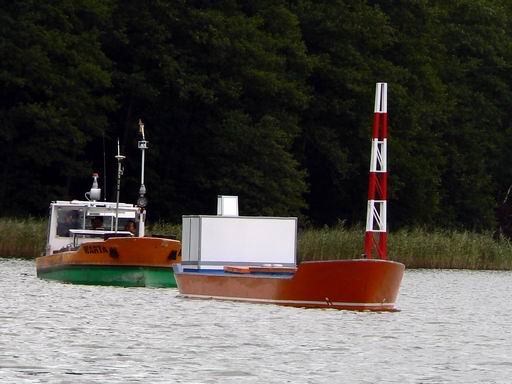
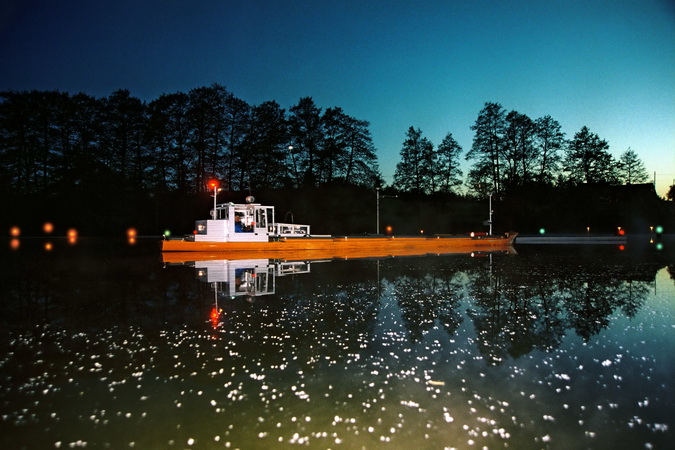  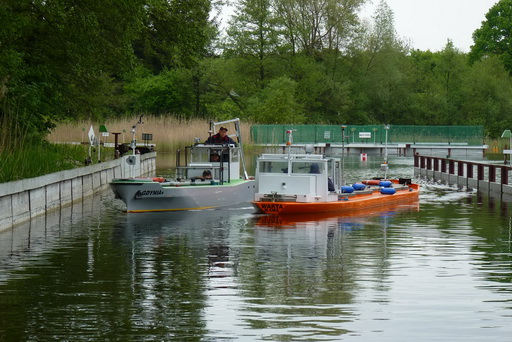 |
|
 WHY TRAINING IN SHIP HANDLING? The safe handling of ships depends on many factors - on ship's manoeuvring characteristics, human factor (operator experience and skill, his behaviour in stressed situation, etc.), actual environmental conditions, and degree of water area restriction. Results of analysis of CRG (collisions, rammings
and groundings) casualties show that in one third of all the human error is
involved, and the same amount of CRG casualties is attributed to the poor
controllability of ships. Training on ship handling is largely recommended by
IMO as one of the most effective method for improving the safety at sea. The
goal of the above training is to gain theoretical and practical knowledge on
ship handling in a wide number of different situations met in practice at sea. WHY MANNED MODELS? Besides "on job" training there are basically two methods of training mariners in ship handling: training using real time bridge simulators, and training using physical simulators where large self propelled manned models are employed. The most effective way to train ship masters and pilots in ship handling is obviously to use real ship. Any use of simulators should be in addition to "on job" training. However, learning "on job " by watching seasoned practitioner is slow process and certain handling situations including critical ones may never occur and no experience how to deal with such situations could be gained this way. Such a type of training by many people is considered as very dangerous and thus limited in use. Electronic bridge simulators are controlled by mathematical equations describing in more or less approximate way ship's behaviour in different manoeuvring situations. There are a lot of situations, which cannot be properly numerically simulated because of too complex hydrodynamic phenomena affecting ship manoeuvrability, however bridge simulators are excellent tool to practice bridge work. Manned models although they are small, are ships by the very nature and physical laws govern their behaviour when manoeuvring. In other words manned models represent realistically all hydrodynamic phenomena. Also all internal controlling factors important from the point of view of ship handling such as time for reversing engine, time for deflecting rudder, transversal thrusters characteristics, etc., are simulated properly and are controlled by computers installed onboard of training models. From the above it follows that manned models may much better than electronic simulators reproduce: 1. Realism of emergency situations. Training on manned models assures the psychological aspect of training when comparing with electronic simulator by better feeling of effects of groundings, rammings and collisions, also environmental effects such as wind and current are much better visible from the wheelhouse of training models. 2. Close proximity realism. There is complete realism when two models are meeting or overtaking in close proximity, when the models is in the final stage of berthing or when negotiating a very narrow passages. All physical phenomena in those situations are reproduced properly, and the hull is reacting naturally what can not be done even in the best electronic simulators controlled by mathematical equations. 3. Anchoring and other special manoeuvres. Manned model are specifically advantageous in performing some traditional manoeuvres of this type such as use of dredging anchor, anchoring in current, wind and in difficult situations. Such manoeuvres are not realistic in electronic simulators because of modelling difficulties. 4. Manoeuvres in current and tide. As the Training Centre is equipped with current generators and restricted water areas simulating river estuaries manned models are particularly suitable to exercise manoeuvres in such areas. Current generated which is non - uniform, vortical and pulsating provides very realistic environment allowing to learn quickly influence of changing hydrodynamic forces on the hull, influence of momentum when manoeuvring, etc. 5. Understanding physical phenomena. When performing specific manoeuvring exercise something goes wrong the trainee can immediately see that the result is wrong and understand why it is so. Further explanations by staff may help to understand the physical phenomena and to perform the exercise correctly next time. Electronic simulators can not meet all training
needs. Manned models are particularly suitable to meet certain range of training
requirements creating excellent transition stage between training on electronic
simulators and training onboard real ships. They are not considered as
alternative to electronic bridge simulators, but as supplementary method of
training which is geared to meet different requirements. ABOUT TRAINING
PROGRAMMES All training areas as a rule do not repeat
actual situations in various geographical areas, but are combinations of
different difficult situations, which could be met by the trainee. The scope of
lectures and practical exercises programme is flexible There is a possibility to
adjust the programme of exercises and to arrange any special situation by
constructing special mock-ups of floating structures, bridges, locks etc., or
mark particular harbour entrances according to requirements. PROGRAMMES PROPOSED Each year new items have been included into the course programme, so that the actual programme differs much from the training realised some years ago. The new training areas together with introduction of the new models of modern ships and with the modernised and new equipment of other training models give now the possibility of realisation of the two stage training programme comprising standard and advanced course. There is also a possibility to introducing of specialised courses focused on chosen problems of manoeuvrability or including training on specific types of ships. This was expected by several customers, for
which we offered until today only basic manned model course on ship handling (organised
according to STCW 1995 Code and to A.960 Resolution). New proposed training
courses are introduced in order to keep pace with the development of technology
of shipping and shipbuilding, introduction of new ship types having different
manoeuvring characteristics, and fitted with new propulsion and control devices. Actually (2017) the below listed manned model courses are available at Ilawa Training Centre. Programmes of all courses may be extended - if possible - with manoeuvres resulting from individual needs of trainees.
For further information please contact: The Foundation for Safety of Navigation and Environment Protection Head office: 36, Chrzanowskiego street 80-278 GDANSK, POLAND tel./fax: +48 58 341 59 19 Ship Handling Centre: 14-200 ILAWA-KAMIONKA, POLAND tel./fax: +48
89 648 74 90
e-mail: office@ilawashiphandling.com.pl
|
|
|
|
|
|||
|
||||||||